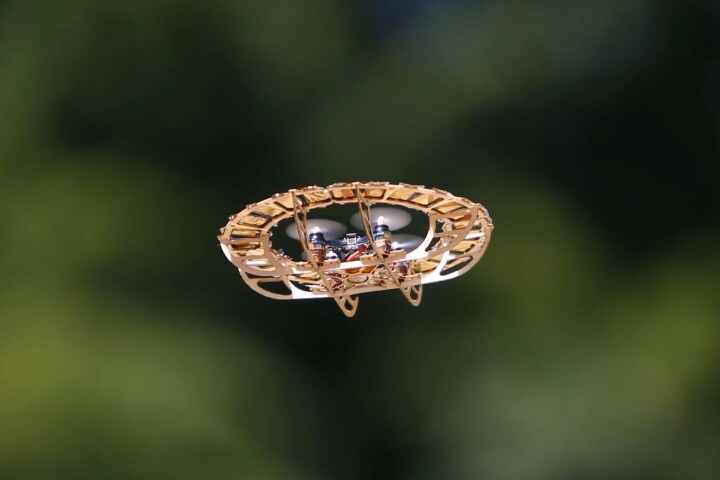NASA's Juno deep-space probe has sent back the first close-up images of Jupiter's largest moon, Ganymede, to be captured in two decades. Snapped during Juno's flyby of the giant moon on June 7, the images were taken by the spacecraft's JunoCam visible-light imager using a green filter, while the Stellar Reference Unit star navigation camera took a black-and-white image of Ganymede's dark side, which was partly illuminated by reflected light from Jupiter.
The images released by NASA are the first to be returned by Juno from its gravity-assisted flyby of Ganymede which, as the largest moon in the solar system, is bigger than the planet Mercury. The flyby brought the probe within 645 miles (1,038 km) of the moon's surface and altered the spacecraft's trajectory, so it now orbits Jupiter once every 43 days instead of 53 days.
Juno made another flyby of Ganymede on December 25, 2019, but on that occasion it only came within 60,696 miles (97,680 km).
The images returned had a resolution of about 0.6 miles (1 km) per pixel for the JunoCam and up to 0.37 miles (600 km) per pixel for the navigation camera. The images revealed a number of features, including light and dark regions, craters, and tectonic faults in the ice that forms the crust of Ganymede.

More images will be released to the public as they are processed. The hope is that the flyby will shed light on Ganymede's composition, ionosphere, magnetosphere, radiation environment, and ice shell as an aid to future missions. Later images will have been made using red and blue filters, allowing the processing of full-color images.
"This is the closest any spacecraft has come to this mammoth moon in a generation," says Juno Principal Investigator Scott Bolton of the Southwest Research Institute in San Antonio. "We are going to take our time before we draw any scientific conclusions, but until then we can simply marvel at this celestial wonder."
Source: NASA






